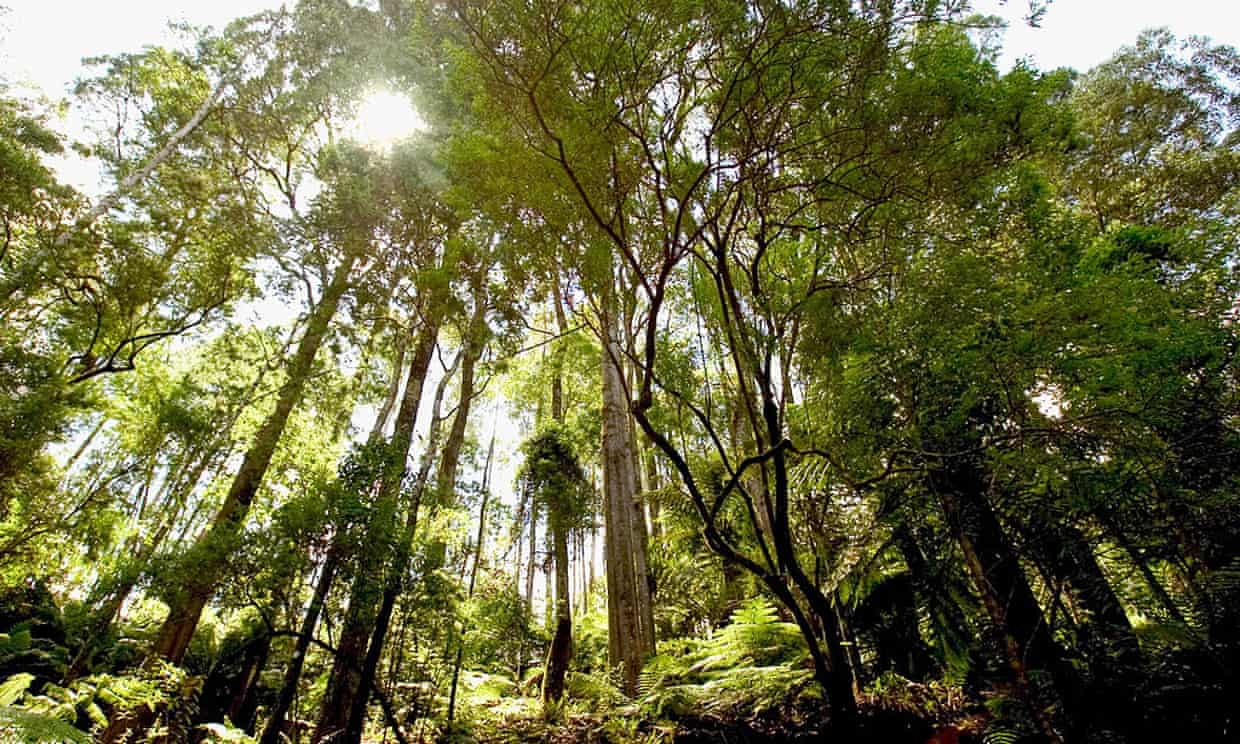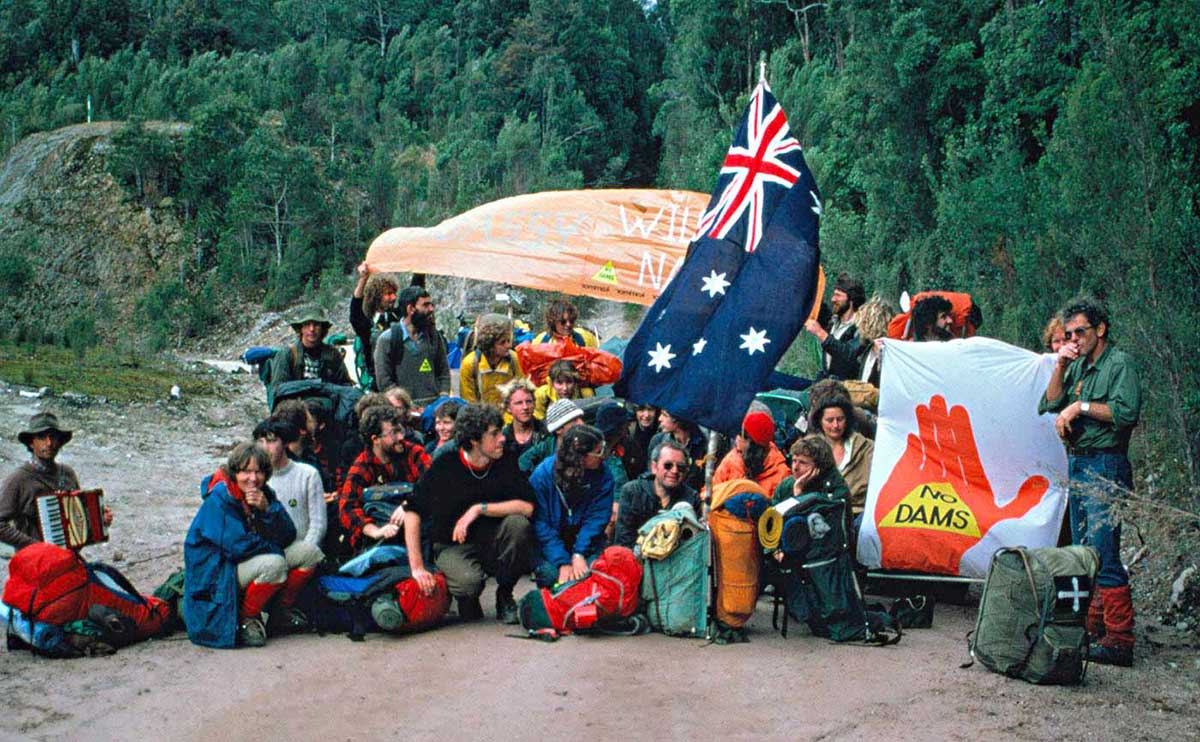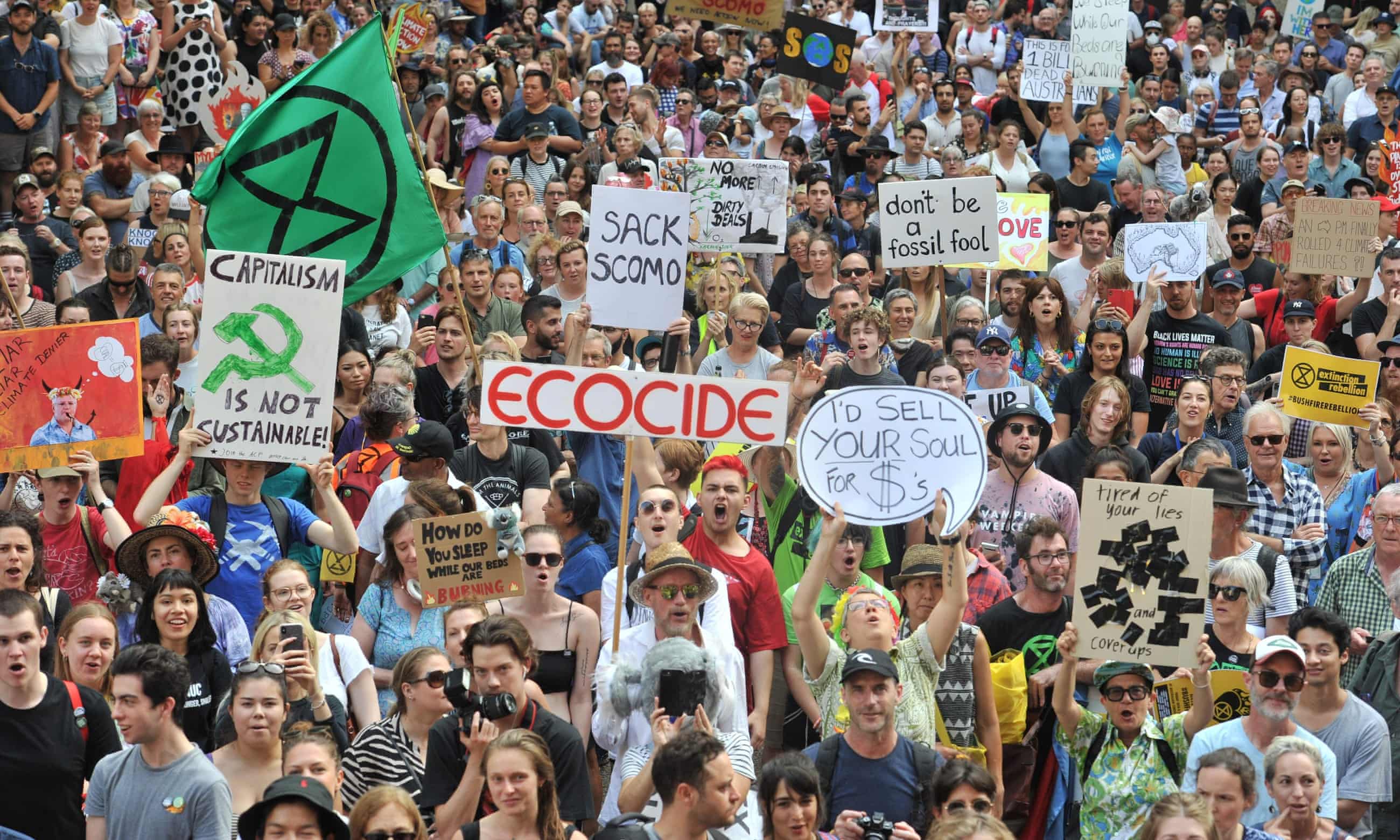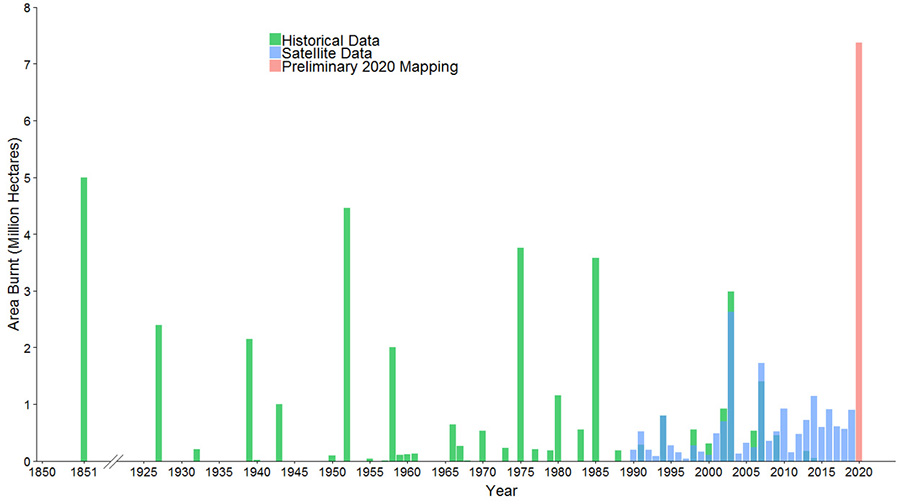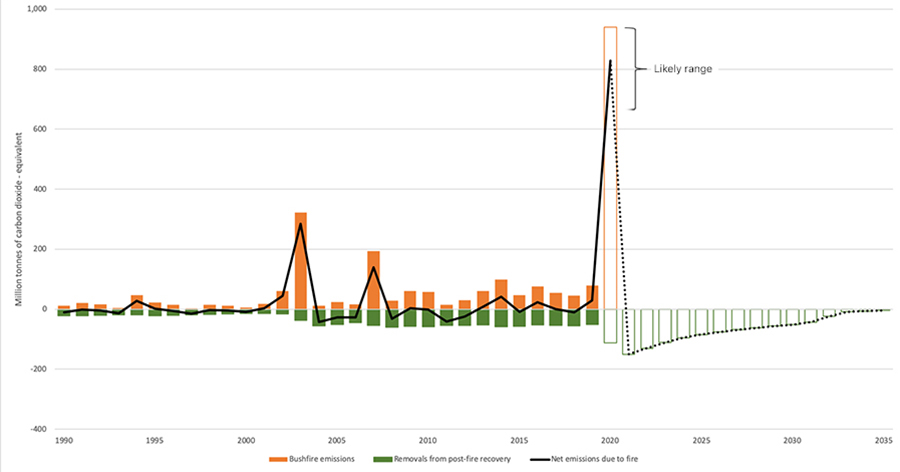Let's wrap up the first email of Australian Ethical's 1.5c lifestyle challenge (it's now over three weeks into the challenge after all!) so I can move onto the more meaty topics of future emails...
I'm not going to spend so long breaking down the numbers on the final actions from the first challenge email, mostly because it's hard for me to figure out my own exact numbers or translate them to the whole country. I'm just going to examine how much potential they broadly have, as individual actions or as collective solutions, and the personal ways I'm trying to up my game.
Part three of the challenge is: keep your home well insulated. The individual actions in the challenge are:
• draught-proof your home with door snakes and curtains
• invest in carpets and rugs – this helps stop heat escaping through the floor
• close off unused rooms in winter and help to reduce heat loss.
• close curtains and blinds to keep the heat in or block the sun out
The connection of heating, cooling and insulation to climate change is well understood in Australia, especially since the Rudd government's "pink batts scheme" which resulted in the deaths of four workers and became a political wedge for the climate-denying opposition.
We already did almost all the things on this list - as residents of a north/west facing rental apartment, we have no choice but to control our temperature passively. We have used a small portable A/C unit in the past, but this apartment has no compatible windows, so in the summer, all we can do is try and shade ourselves and catch a coastal cross-breeze when we can. And in the winter, our glass sliding doors catch the afternoon sun, keeping us cozy so long as there's even a hint of daylight. Our electicity use barely spiked during a cold wet spell last year. The only thing on the list we haven't been doing is using a door-snake to prevent a draught; I've improvised one out of a felt blanket for our front door, and although May has been unseasonably cold for coastal NSW, we haven't had to fire the heater up yet.
I guess I am living a 1.5c lifestyle on this front, then. But I am not going to even calculate how much difference it would make if every Australian lived like I did, because the concept is fundamentally flawed. Our ability to live with a low heating & cooling footprint is intimately connected with the design of our buildings and the appliances installed during construction.
The Beyond Zero Emissions Stationary Energy Plan discusses what an important role buildings, temperature control and insulation have to play in getting Australia to a zero carbon energy grid. For most of our country, the biggest challenge to getting renewables in the grid is the evening peak, as I discussed a little in part 1 of this challenge. Right as the sun is losing intensity or setting, we get home from work, and switch on the air conditioning and cook our largest meal of the day. We have ended up this way, in the plan's words, because "the cost of electricity in Australia has historically been low compared to other developed nations, allowing lowest initial-cost building practices and inefficient design to persist as the norm." So long as electricity is cheap, it's cheaper, simpler and easier to switch on the A/C and pay the annual cost than it is to build our houses well in the first place.
Taking passive, low-energy measures like those of the 1.5c challenge can help us to flatten that peak, but they can only do so much when most of our homes are built like "glorified tents". Not every Australian can live within 1km of the ocean like we do, and catch a cooling afternoon breeze. The BZE plan, on the other hand, identifies policy-level actions which could reduce electricity consumption from buildings by 36%: a program for double-glazing and insulation installation (like the infamous pink batts debacle), and totally phasing out gas as a source of heat and cooking in favour of efficient electrical appliances like induction cooktops and heat pumps.
These higher-impact actions are difficult to take as an individual working within a market-based system. The cost of replacing an old cooktop and water heater with newer, more efficient models is prohibitively high; the only people I know who have done it are those who have made the decision (and had the means) to renovate their kitchens. Better insulating your house has a lower initial cost and will pay for itself in reduced energy consumption - but so long as natural gas or an inefficient electrical appliance is the source of your heat or cooling, greenhouse gas emissions will still result.
If you are a renter like us and approximately 30% of Australians, you might be able to negotiate with your landlord to split
the cost of these upgrades - but if you don't own the asset and can't be sure you'll live there long enough to recoup even part of the cost on lower bills, why would you bother to invest in upgrading it? As much of a disaster as it was, we need a new pink batts scheme, or other society-wide measures to retrofit insulation and efficiency measures.
So long as our housing stock remains inefficient, individual actions cannot reduce emissions within the level of a 1.5c trajectory. Most of the houses currently in supply or being built will still be around by 2050, by which time we should clearly have reached net zero. Even today, 80% of houses are currently being built to the minimum standard of efficiency, which isn't even cost-effective over the life of the building. Australia will require collective actions on the level of policy - especially improving minimum building standards and. phasing out gas as a source of energy - to improve our efficiency and bring ourselves to net zero.
As far as heat generation is concerned, there is a
significant untapped resource in Australian cities near industrial hubs,
too: cogeneration. While in Australia, most studies have examined the use of gas or biogas inputs for cogeneration, there are examples overseas of capturing waste energy from other means - for example, Sweden harnesses the landfill gas I discussed in the last post to burn for both heat and electricity, while Copenhagen is almost fully heated by a centralised system that captures the waste heat from the city's electrical plants and circulates it as hot water. These systems require municipal or governmental action, even if they are broadly popular.
For the sake of brevity, I'm going to leave that point there, and quickly address the final target of the first week's challenge: reducing your consumption. The personal actions are:
• swap or borrow clothes if you need something new
• if you see something you want, wait three weeks before buying it –
if you’re still thinking about it, then buy it.
• try not to buy anything new for a month
I work in sports fashion retail, so I know how much of a problem fast fashion is. The bread and butter of our business is people who shop for new outfits for exercise and daily wear multiple times a year. All the extra production this leads to means each item has a higher carbon footprint. Since the year 2000, fashion consumption has gone up by 60%, and it now accounts for 5% of global emissions - more than shipping or aviation.
I'm not going to try and figure out how much I could save or how much difference it would make if every Australian took the challenge on this one, mostly for brevity. It is more of a marginal contribution than electricity, food waste or even household heating, but could do more than individuals voluntarily avoiding flights - like the climate activist Greta Thunberg has famously started doing.
I'm just going to say that, with a little reflection, I'm probably not living a 1.5c lifestyle right now, given the amount I consume. So I've started on the three week rule - even setting myself google calendar reminders once it's been three weeks and I can review if I really want to buy something - and sofar, it's helped me to avoid impulse buying several things, including clothes and household appliances.
Perhaps in a few weeks, I can review how this has gone (as well as my food waste reduction efforts). But let's move on from this first week of challenges for now. Next time, I'll write more about the second email, on ethical investment for the climate.











